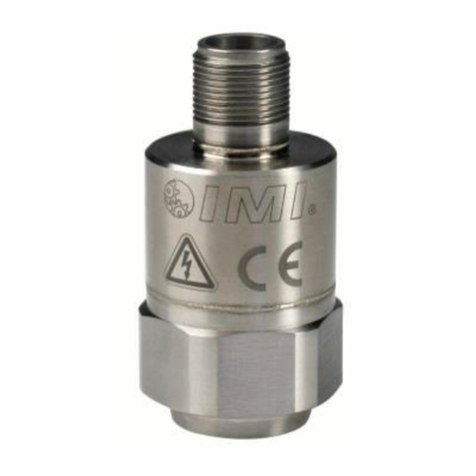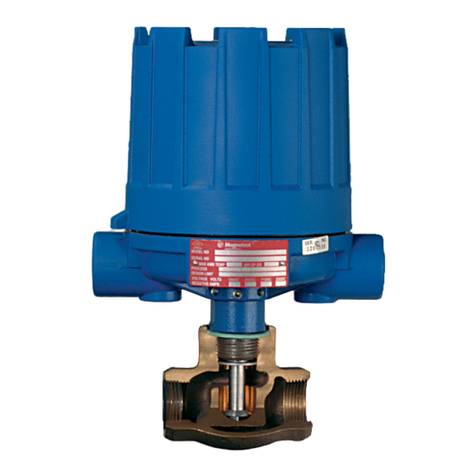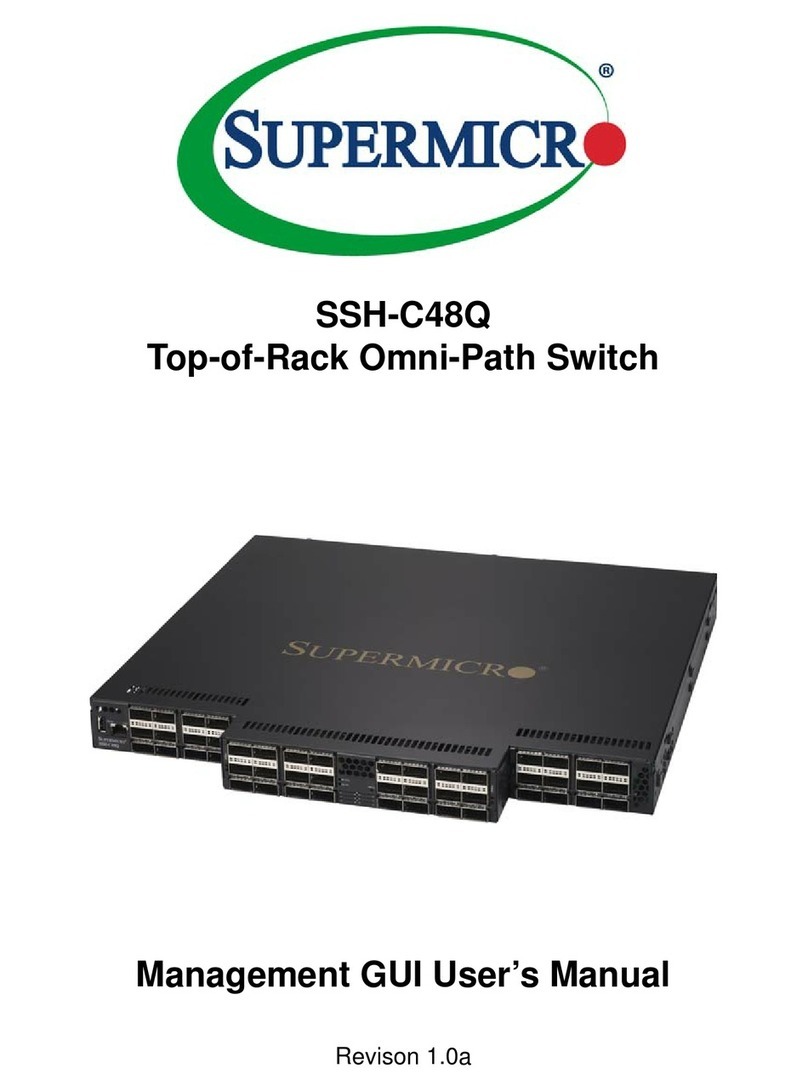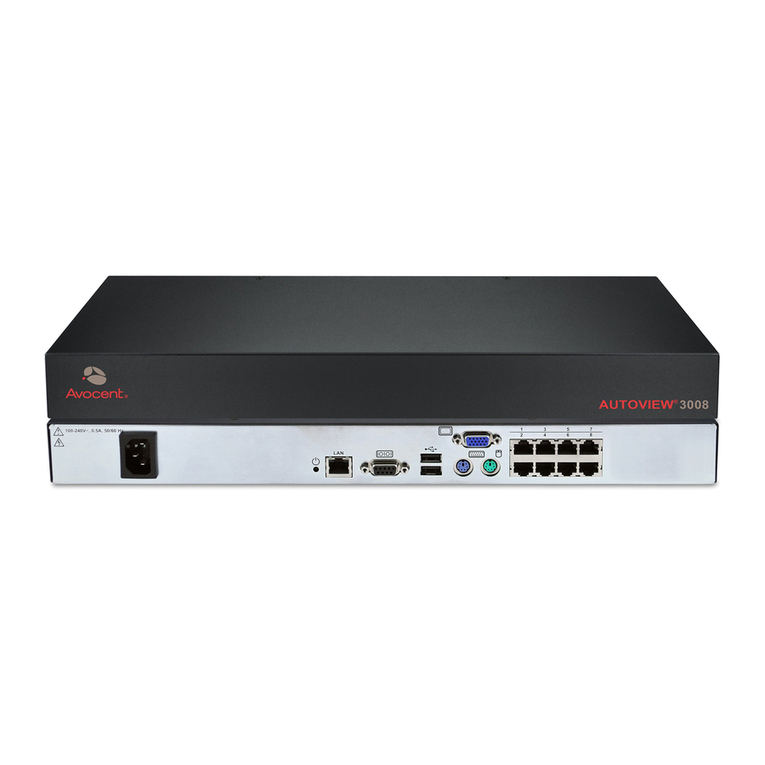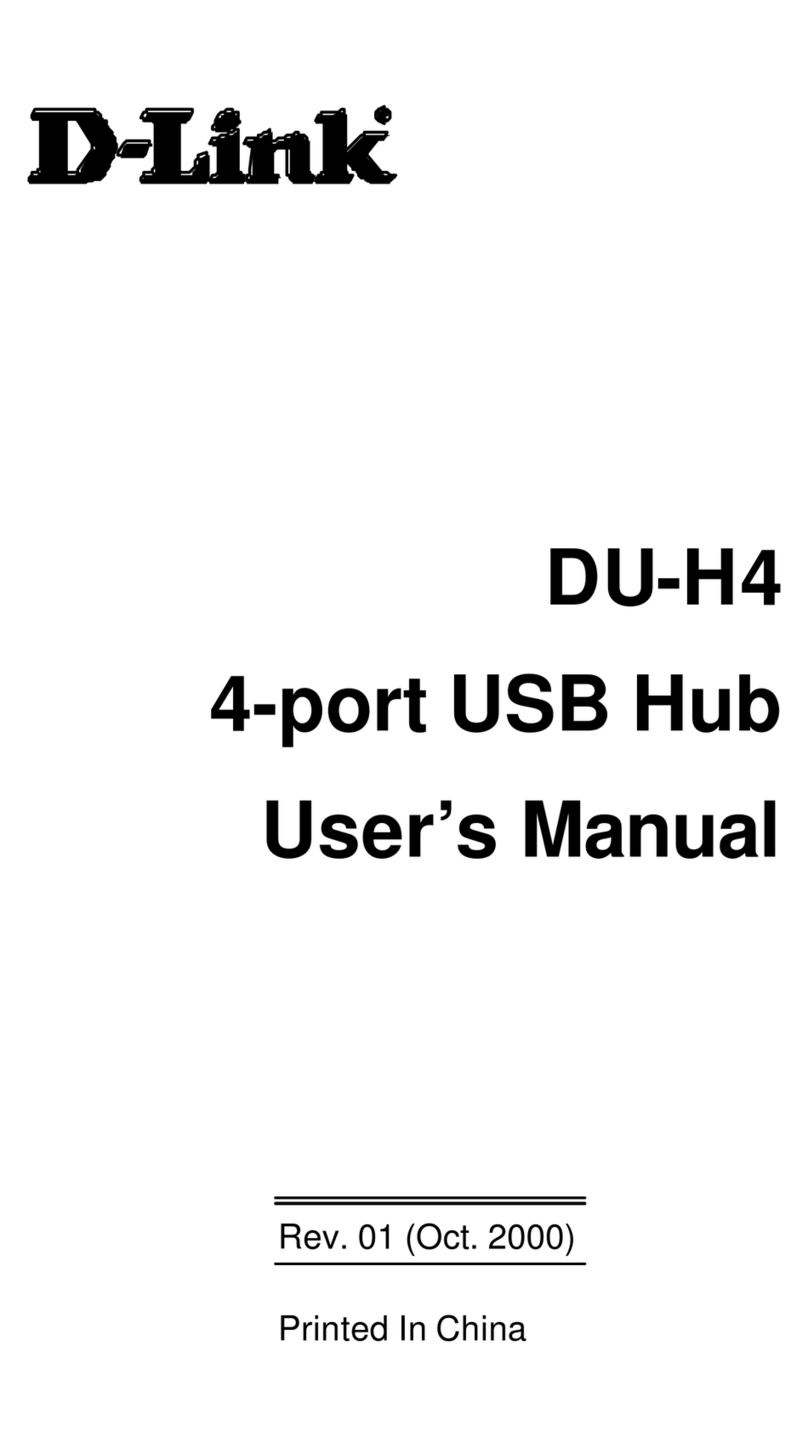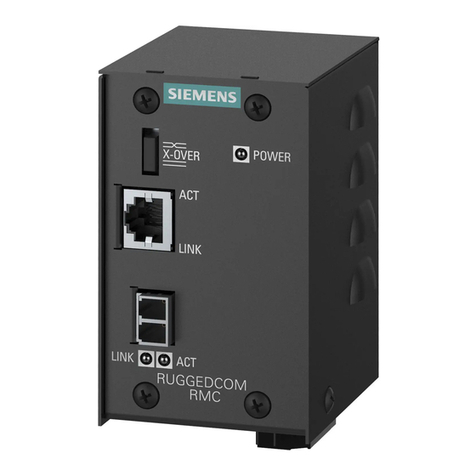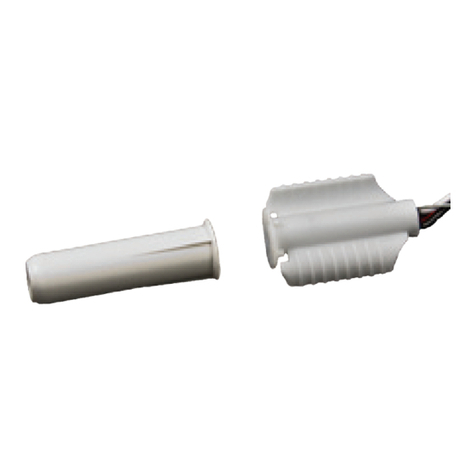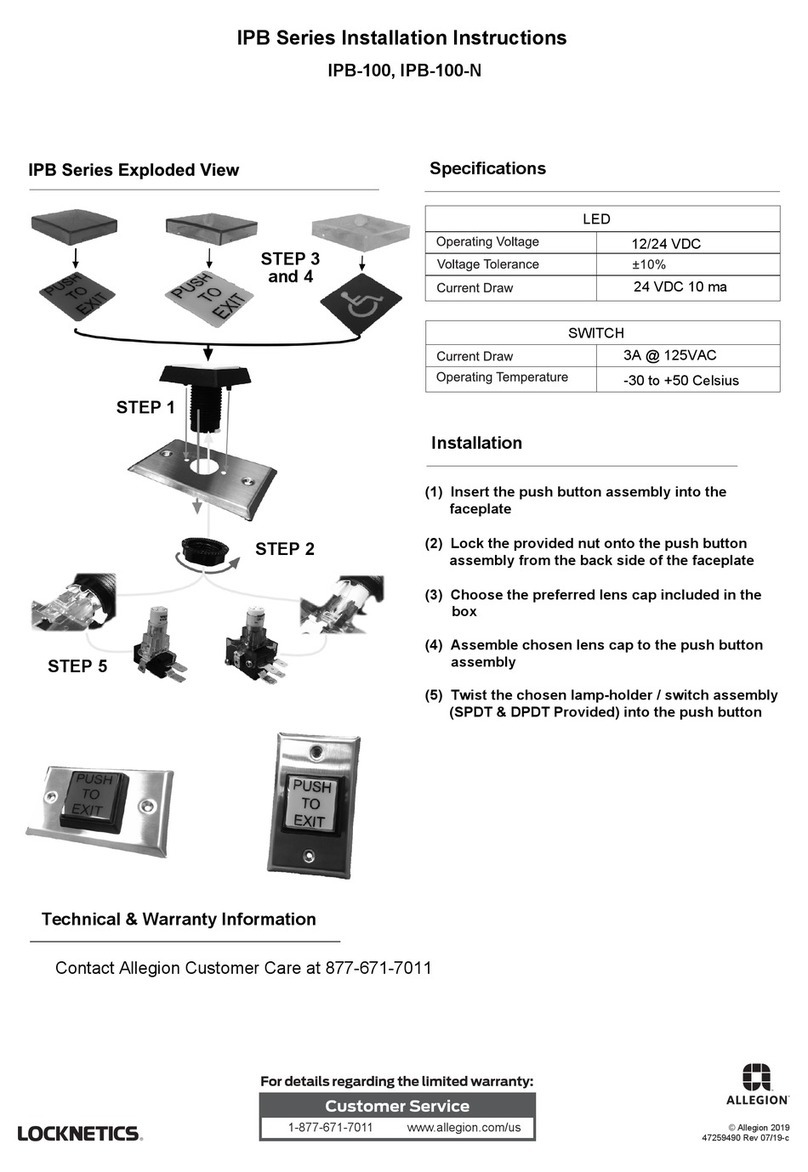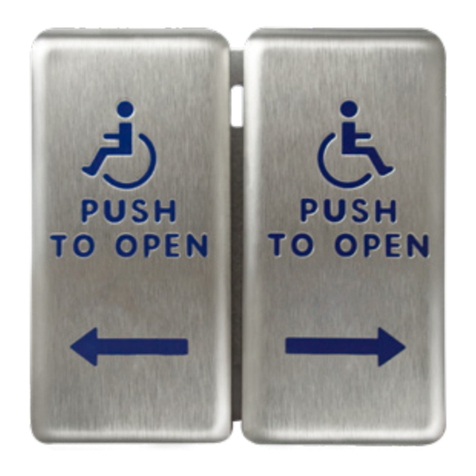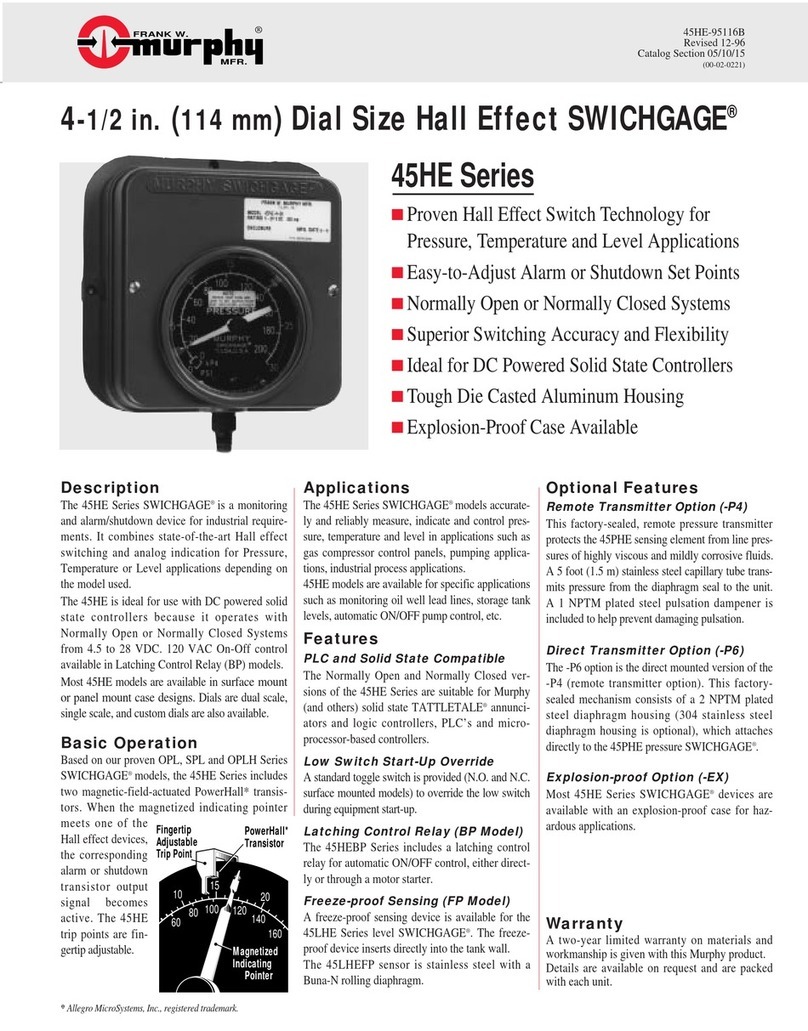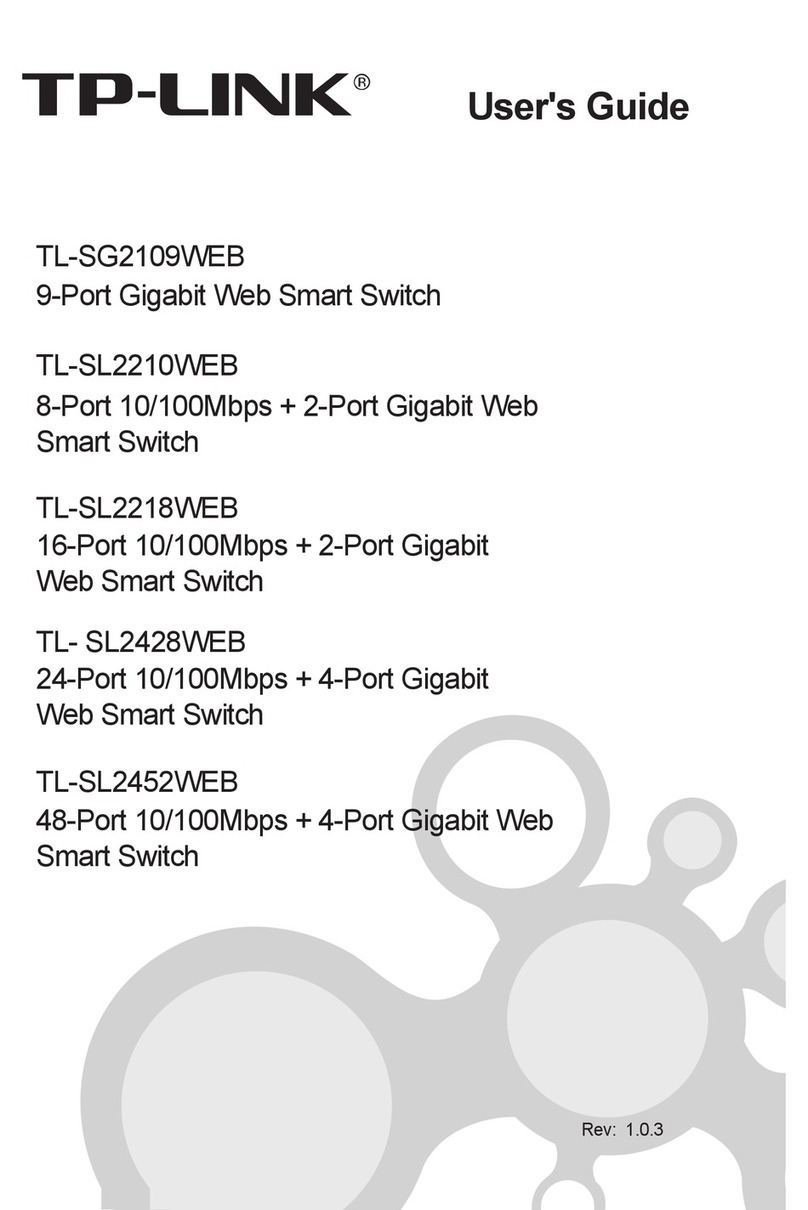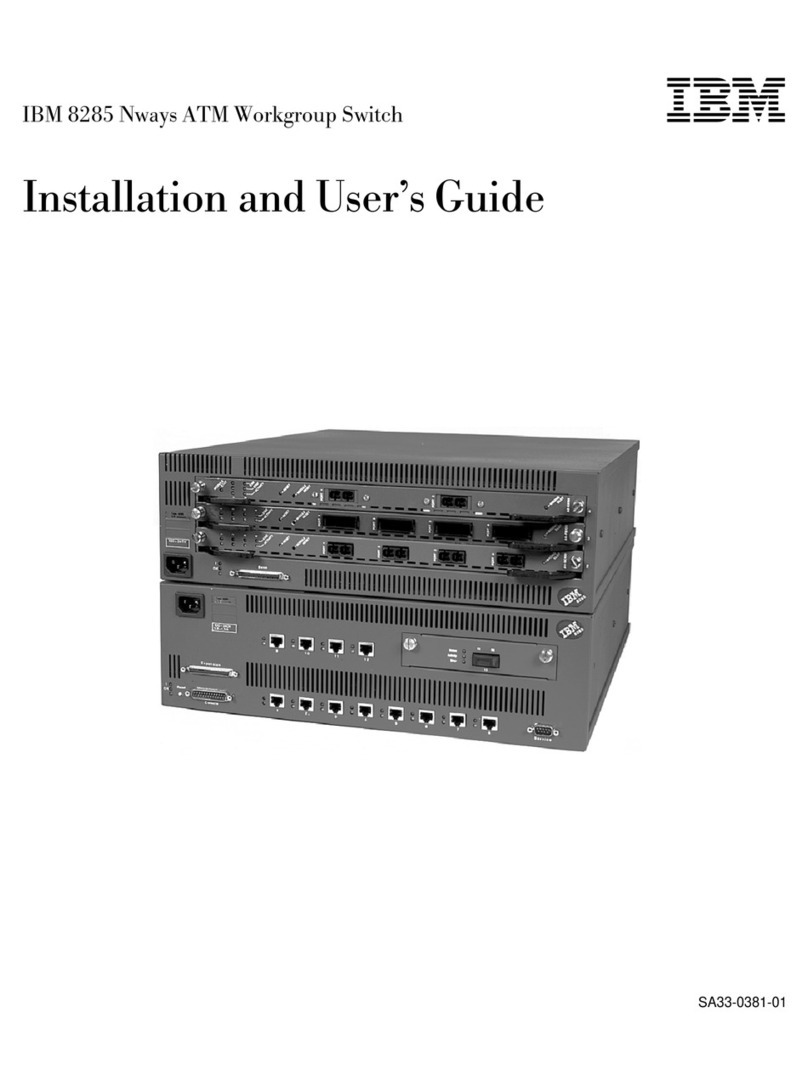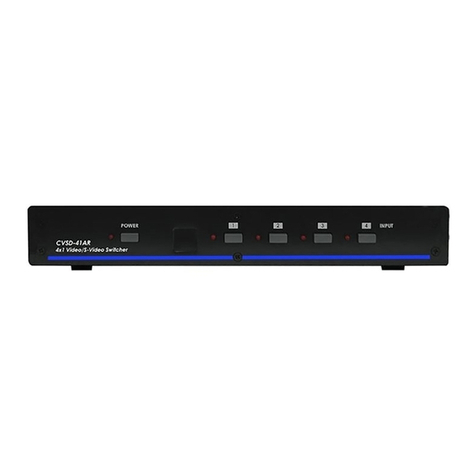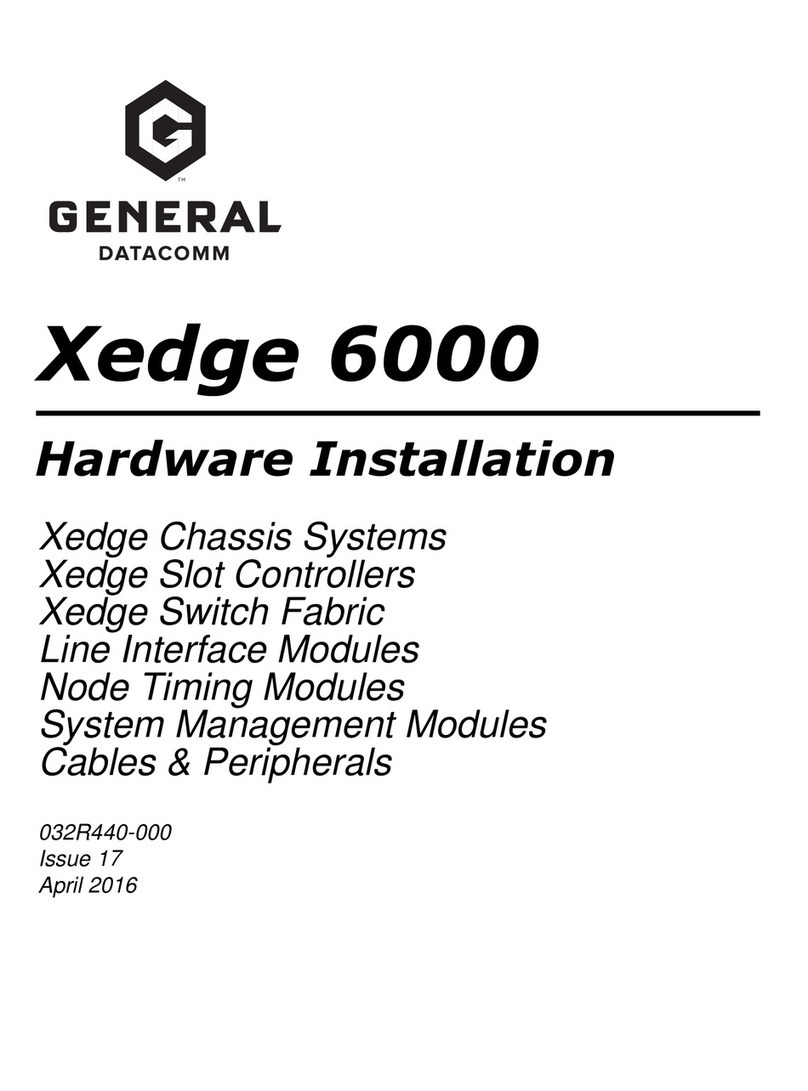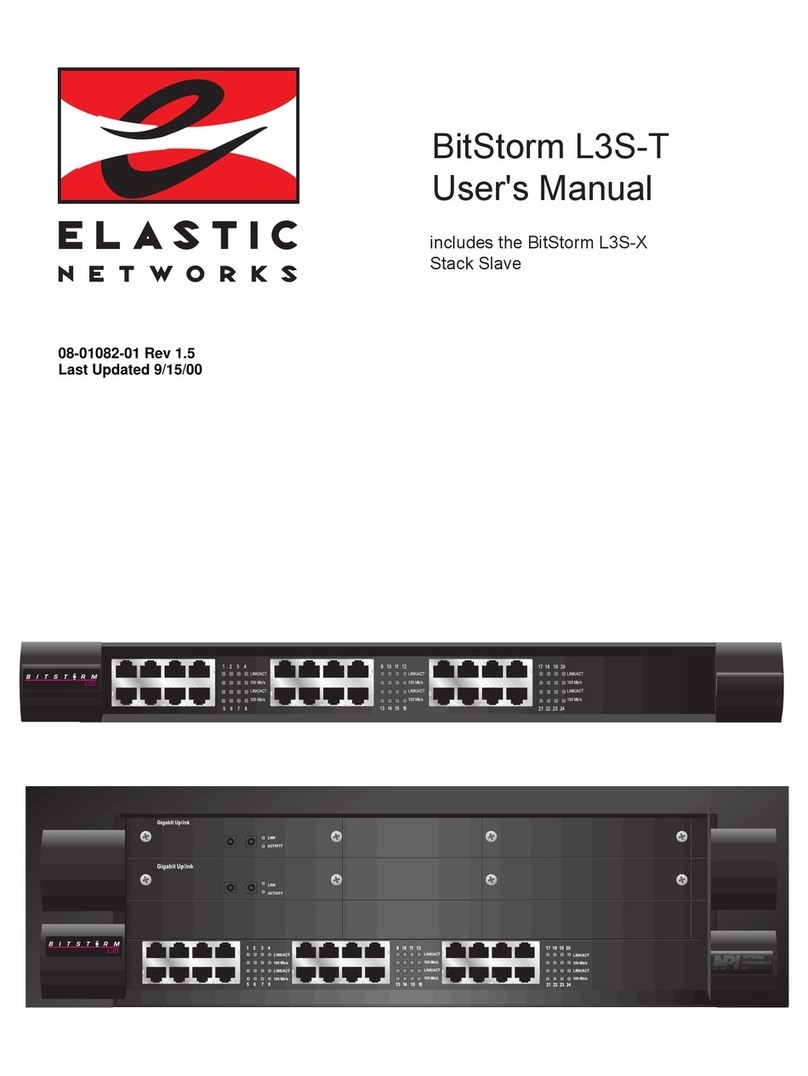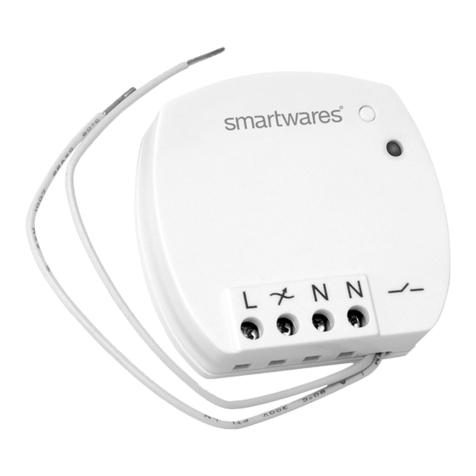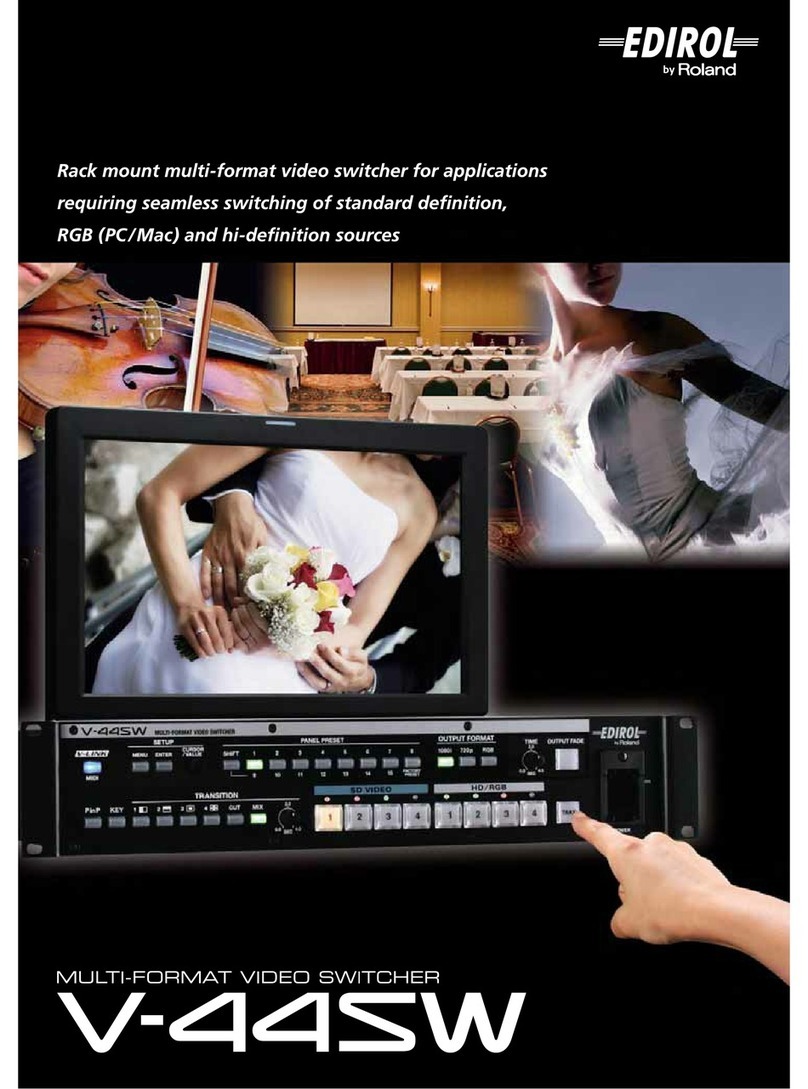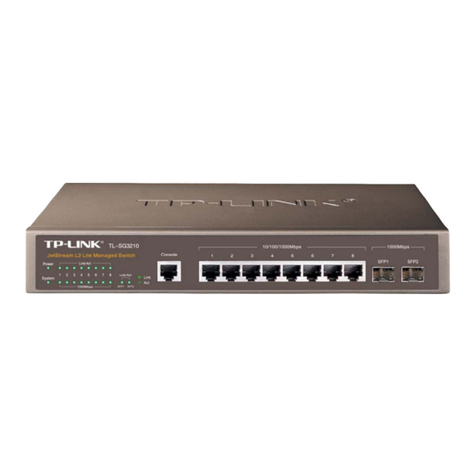
75.5316.01 ALLEGION WIRELESS PUSH PLATES 20180702 Page 3 of 475.5316.01 ALLEGION WIRELESS PUSH PLATES 20180702 Page 3 of 4
FCC ID: 2ABWS-10TD900PTRI IC: 4680-10TD900PTRI
MODEL: 10EMR61-900 MODEL: 10EMR4751-900 MODEL: 10EMS4751-900
MODEL: 10EMR6-900 MODEL: 10EMR475-900 MODEL: 10EMS475-900
MODEL: 10EMR6L-900 MODEL: 10EMR475L-900 MODEL: 10EMS475L-900
FCC ID: 2ABWS-10TD433PTRII IC: 4680-10TD433PTRII
MODEL: 10EMR61 MODEL: 10EMR4751 MODEL: 10EMS4751
MODEL: 10EMR6 MODEL: 10EMR475 MODEL: 10EMS475
MODEL: 10EMR6L MODEL: 10EMR475L MODEL: 10EMS475L
TECHNICAL SPECIFICATIONS
Dimensions: 6” ROUND - 6.33” diameter, 1.45” depth
4.75” SQUARE - 5.12” height, 5.12” width, 1.42” depth
Weight: 6” ROUND - 1.2 lbs
4.75” SQUARE - 1.04 lbs
Material: FACEPLATE - stainless steel
HOUSING - ABS plastic
Transmitter frequency: 433 MHz
Power: 433 MHz versions - one (1) 12V Type A23
Mounting: Surface mount only
Certification: FCC, IC
Temperature: 14 °F - 131 °F (-10 °C - 55 °C)
Enclosure rating: NEMA 4
FCC / IC
“This device complies with Part 15 of the FCC Rules. Operation is subject to the following two conditions: (1) this device may not
cause harmful interference, and (2) this device must accept any interference received, including interference that may cause undesired
operation.”
Changes or modifications not expressly approved by BEA Incorporated could void the user’s authority to operate the equipment.
Note: This equipment has been tested and found to comply with the limits for a Class A digital device, pursuant to part 15 of the
FCC Rules. These limits are designed to provide reasonable protection against harmful interference when the equipment is operated
in a commercial environment. This equipment generates, uses, and can radiate radio frequency energy and, if not installed and used
in accordance with the instruction manual, may cause harmful interference to radio communications. Operation of this equipment in a
residential area is likely to cause harmful interference in which case the user will be required to correct the interference at his own expense.
This device complies with Industry Canada licence-exempt RSS standard(s). Operation is subject to the following two conditions: (1) this
device may not cause interference, and (2) this device must accept any interference, including interference that may cause undesired
operation of the device.
Le présent appareil est conforme aux CNR d’Industrie Canada applicables aux appareils radio exempts de licence. L’exploitation est
autorisée aux deux conditions suivantes : (1) l’appareil ne doit pas produire de brouillage, et (2) l’utilisateur de l’appareil doit accepter tout
brouillage radioélectrique subi, même si le brouillage est susceptible d’en compromettre le fonctionnement.
75.5316.01 ALLEGION WIRELESS PUSH PLATES 20180702
Do not leave problems unresolved. If a satisfactory solution cannot be achieved after
troubleshooting a problem, please contact Allegion at 1-877-671-7011. If you must wait for
the following workday to call Allegion, leave the door inoperable until satisfactory repairs can
be made. Never sacrifice the safe operation of the automatic door or gate for an incomplete
solution.
For more information, visit www.allegion.com.
PLEASE KEEP FOR FURTHER USE - DESIGNED FOR COLOR PRINTING
| Original Instructions
The sensor manufacturer cannot be held responsible for incorrect installations or inappropriate adjustments of the sensor/device; therefore, the sensor
manufacturer does not guarantee any use of the sensor outside of its intended purpose.
The sensor manufacturer strongly recommends that installation and service technicians be AAADM-certified for pedestrian doors, IDA-certified for
doors/gates, and factory-trained for the type of door/gate system.
Installers and service personnel are responsible for executing a risk assessment following each installation/service performed, ensuring that the sensor
system installation is compliant with local, national, and international regulations, codes, and standards.
Once installation or service work is complete, a safety inspection of the door/gate shall be performed per the door/gate manufacturer recommendations
and/or per AAADM/ANSI/DASMA guidelines (where applicable) for best industry practices. Safety inspections must be performed during each service
call – examples of these safety inspections can be found on an AAADM safety information label (e.g. ANSI/DASMA 102, ANSI/DASMA 107).
Verify that all appropriate industry signage and warning labels are in place.
INSTALLATION/SERVICE COMPLIANCE EXPECTATIONS
Specifications are subject to change without prior notice.
All values measured in specific conditions.
